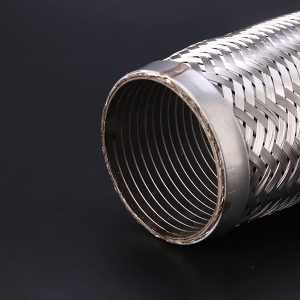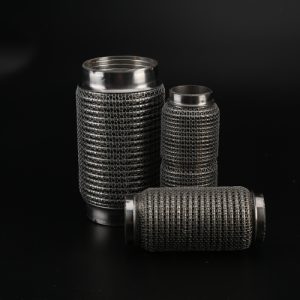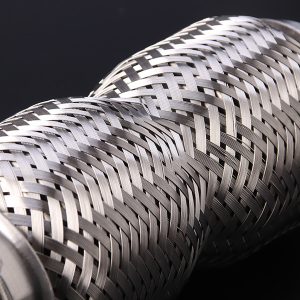


Flexible exhaust tubing is an essential component of a vehicle’s exhaust system. It is responsible for connecting the exhaust manifold to the muffler or catalytic converter, allowing flexibility and mobility of the exhaust system. However, over time, flexible exhaust tubing can develop problems, which can lead to poor performance, loud noises, and even dangerous situations. In this article, we will discuss how to troubleshoot and diagnose problems with flexible exhaust tubing in a vehicle.
1. Check for Leaks
One of the most common problems with flexible exhaust tubing is leaks. Leaks can occur due to corrosion, damage, or wear and tear. To check for leaks, start the vehicle and listen for any unusual noises from the exhaust system. If you hear a hissing or popping sound, it could be a sign of a leak. You can also use a spray bottle filled with soapy water to check for leaks. Spray the soapy water on the tubing and look for bubbles. If you see bubbles, it indicates a leak.
2. Check for Damage
Flexible exhaust tubing can also become damaged over time. It could be from road debris, hitting a curb, or even normal wear and tear. To check for damage, inspect the tubing for any dents, cracks, or holes. If you find any damage, it is important to replace the tubing as soon as possible.
3. Check for Loose Connections
Another common problem with flexible exhaust tubing is loose connections. Loose connections can cause the tubing to vibrate or rattle, leading to a loud noise. To check for loose connections, inspect the connections between the tubing and the exhaust manifold, muffler, or catalytic converter. If you find any loose connections, tighten them using a wrench.
4. Check for Corrosion
Flexible exhaust tubing is also susceptible to corrosion. Corrosion can be caused by exposure to salt, moisture, or other elements. To check for corrosion, inspect the tubing for any rust or discoloration. If you find any corrosion, it is important to replace the tubing as soon as possible to prevent further damage.
From where I stand, flexible exhaust tubing is an important component of a vehicle’s exhaust system. It is responsible for connecting the exhaust manifold to the muffler or catalytic converter, allowing for flexibility and movement of the exhaust system. However, over time, flexible exhaust pipes can develop problems, resulting in poor performance, loud noises, and even dangerous situations. By following the tips outlined in this article, you can troubleshoot and diagnose problems with flexible exhaust tubing in your vehicle and ensure that your exhaust system is functioning properly.

